The Mediterranean Original™ | Adaptive Heritage Edition
OVERVIEW
The Greek Tortoise isn’t just a reptile—it’s a living heirloom of classical landscapes, sculpted by 5 million years of evolution across three continents. From sun-baked North African dunes to olive groves in Turkey, this adaptable survivor thrives where myth meets ecology. Forget fragile luxury; this is endurance engineering perfected.
KEY FEATURES & SPECIFICATIONS
-
Iconic Shell Design:
-
Sculpted Carapace: High-domed, kinetic sculpture with bold black/yellow radiating patterns (subspecies vary: T. g. ibera = rugged steppe model; T. g. terrestris = golden desert edition).
-
Tail Armor: Signature conical spur on thigh (femoral spur) – a mark of authenticity.
-
Modular Expansion: Growth rings (“annuli”) visibly track environmental conditions.
-
-
Performance & Adaptability:
-
Size: Compact yet mighty (15–25 cm / 6–10 in; rare giants to 35 cm). Weight: 1.4–5 kg.
-
Terrain Intelligence: Master of microclimates – navigates from coastal scrub to alpine meadows (0–1,600m altitude).
-
Climate Resilience: Built-in hibernation/aestivation protocols (-2°C to 40°C tolerance).
-
-
Eco-Operations:
-
Diet: 100% herbivorous (wildflowers, grasses, succulents). Deployable “tortoise lawnmower” mode.
-
Water Conservation: Ultra-efficient renal processing – survives solely on dew and plant moisture.
-
GLOBAL DISTRIBUTION (Legacy Model)
-
Historic Range: Original “Old World” tortoise – spans Spain to Iran, Morocco to the Balkans.
-
Ideal Habitats: Fire-adapted ecosystems: Cork oak forests, rocky hillsides, phrygana scrub. Avoids dense woodland.
CONSERVATION STATUS & THREATS
-
IUCN: Vulnerable (regional declines up to Endangered; e.g., Spain, Morocco).
-
CITES: Appendix II (trade regulated but persistent illegal trafficking).
-
Population Collapses: >50% loss in key regions due to:
-
Habitat Fragmentation: Tourism/agriculture devouring coastlines.
-
Black Market Demand: Poached for pets (EU seizures: 1,000+/year).
-
Fire/Climate Shocks: Nest mortality spikes during droughts.
-
CULTURAL SIGNATURE
-
Mythology Embedded: Associated with Hermes (speed irony), immortality symbolism.
-
Historical Coexistence: Grazed alongside Aristotle’s students; outlived empires.
USER EXPERIENCE & MAINTENANCE
⚠️ Ethical Advisory: Wild specimens ≠ pets! Captive care requires:
-
Enclosure: Secure outdoor space (30 m² min) with hibernation bunker.
-
Diet Protocol: High-fiber, low-protein (no fruit!) – mimic arid forage.
-
Threat Mitigation: Anti-predator fencing (foxes/crows love hatchlings).
SUBSPECIES LIMITED EDITIONS
-
T.g. ibera (Balkan/Turkish): Largest, dark-shelled “mountain edition.”
-
T.g. terrestris (Levant): Flame-orange highlights, desert-optimized.
-
T.g. graeca (S. Spain/N. Africa): Critically rare “original firmware.”
CONSERVATION UPGRADE PACKAGE
Support via:
-
Habitat Corridors: Reconnecting fragmented scrubland.
-
Guardian Programs: Locals protecting nests from poachers (e.g., Morocco’s AGIR).
-
Captive Assurance: European Studbook breeding genetically pure lines.
EVOLUTIONARY LEGACY
-
Survival OS: Operates on “TortoiseTime™” – slow metabolism, long perspective (50–125 year lifespan).
-
Ecosystem Role: Seed disperser + firebreak creator (low vegetation grazing).
Final Verdict:
The Greek Tortoise is antiquity operationalized – a rugged, solar-powered relic thriving against modern odds. Not as rare as an Angonoka, nor as massive as an Aldabra, but embodying Mediterranean resilience in every scute.
“We don’t own these tortoises; we borrow them from antiquity.”
– Mediterranean Ecologist’s Creed
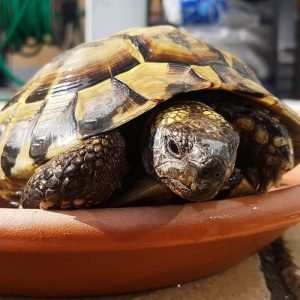
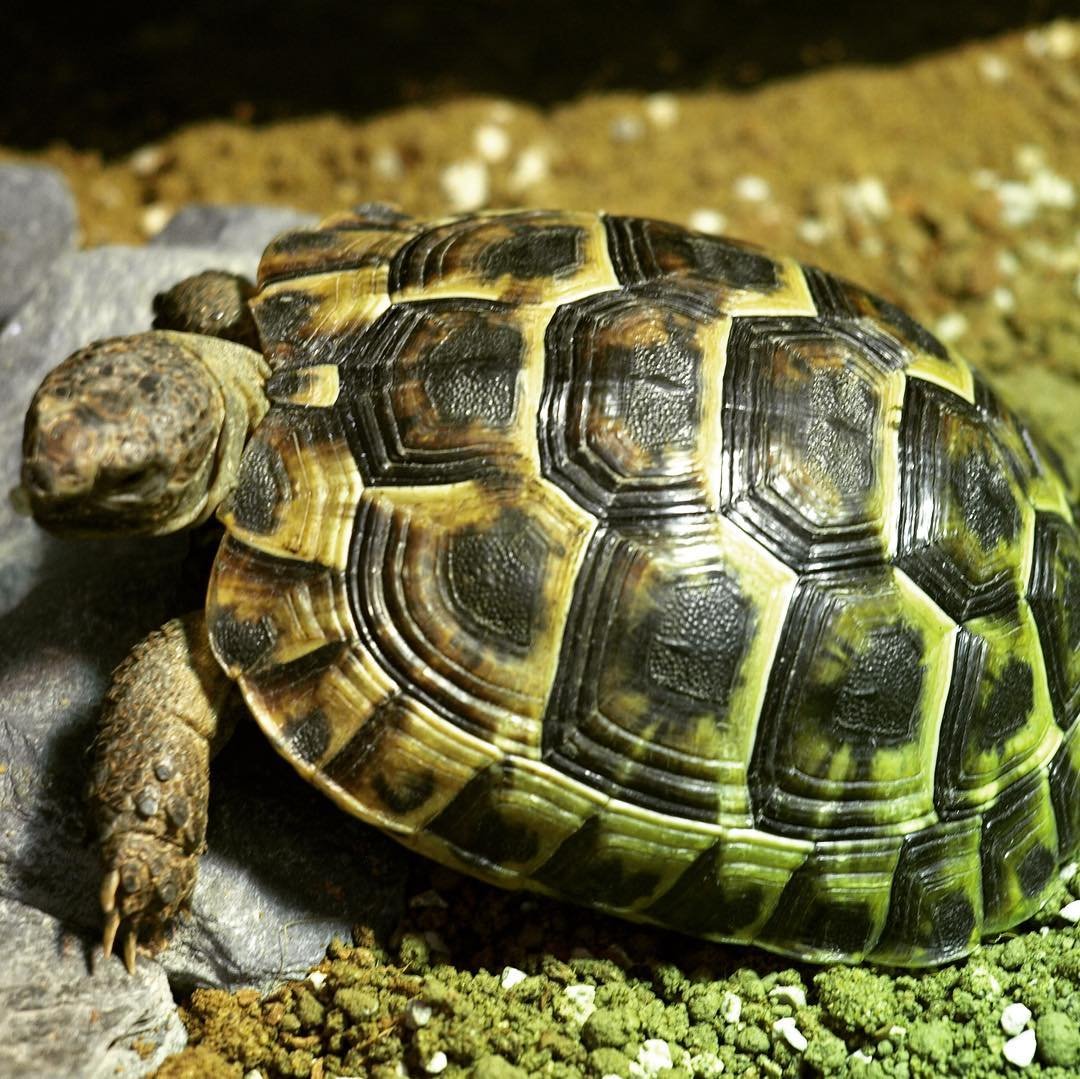
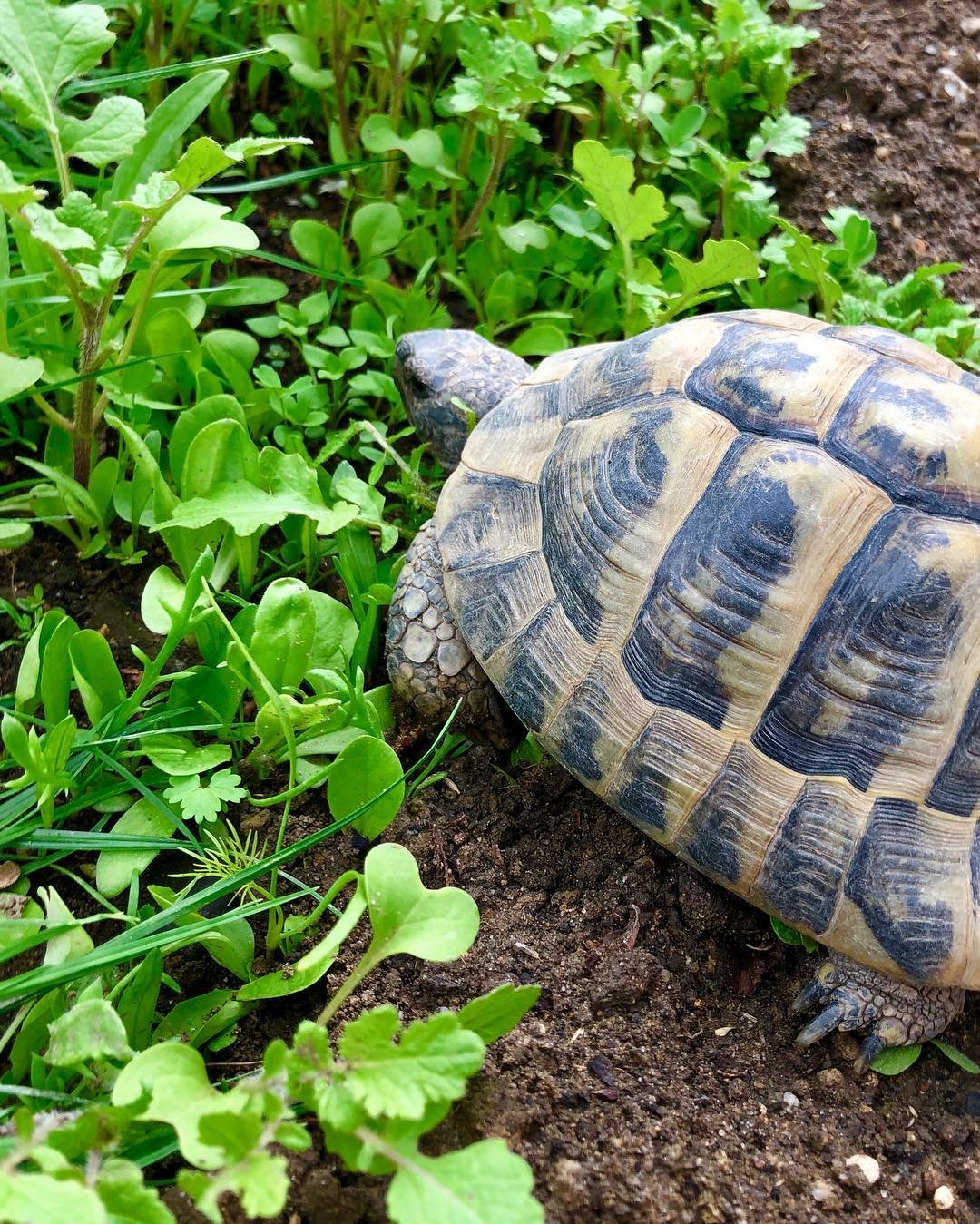
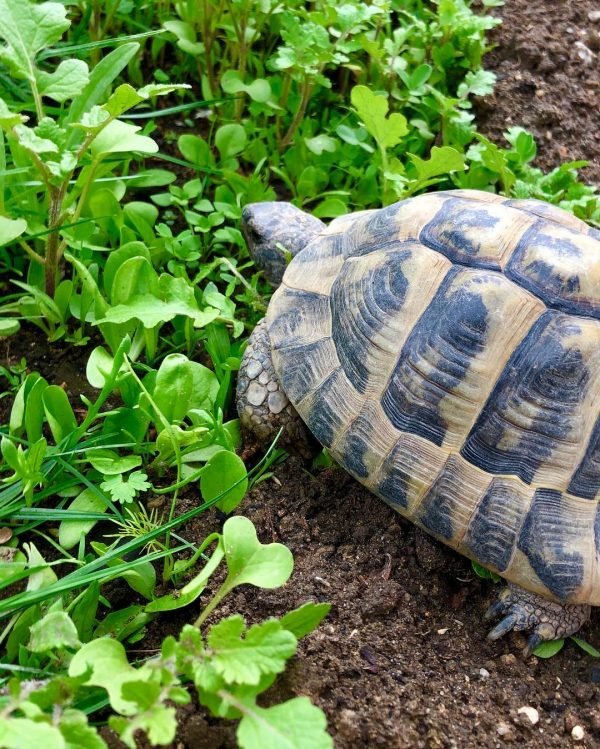

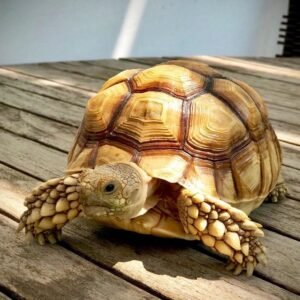
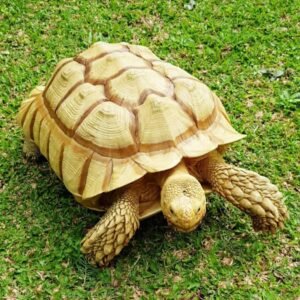
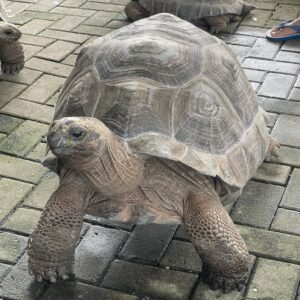
Reviews
There are no reviews yet.